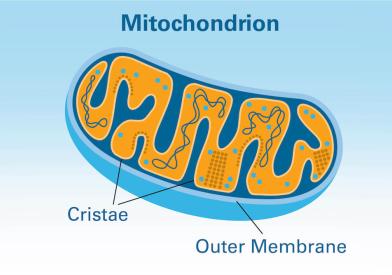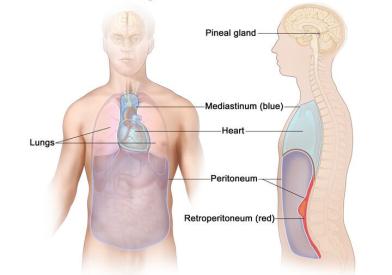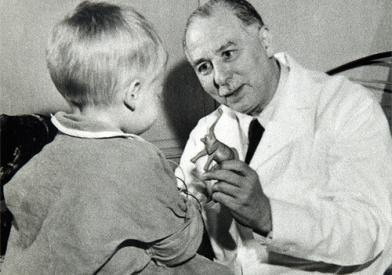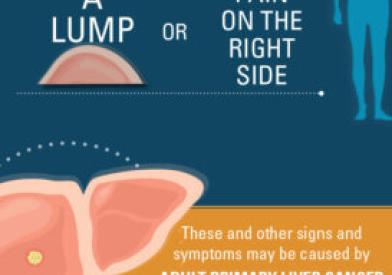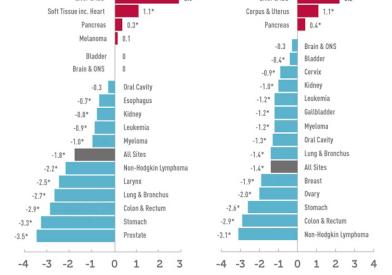The Liver Cancer Center at Dana-Farber Brigham Cancer Center is dedicated to treating primary and secondary (or metastatic) liver cancer and conducting crucial research and clinical trials to learn more about the disease and develop promising new treatments.
Patients with liver cancer often require a combination of treatments. At Dana-Farber Brigham Cancer Center, all patients receive a personalized treatment plan crafted by a multidisciplinary team which includes experts in oncology, interventional radiology, surgery, radiation oncology, and hepatology. Through collaboration, our specialists are able to create a comprehensive and individualized approach to care.
Our Center, which is part of Dana-Farber Brigham Cancer Center's Gastrointestinal Oncology Treatment Center, is also dedicated to clinical research. Our team is leading the world's largest hepatocellular carcinoma (HCC) prevention study to better understand who is most at risk of the disease. This revolutionary study is a key component of the Liver Cancer Center and exemplifies the Center's commitment to improved understanding of the disease. Likewise, our physicians work closely with patients and their families to determine if a clinical trial is an appropriate part of their care.
